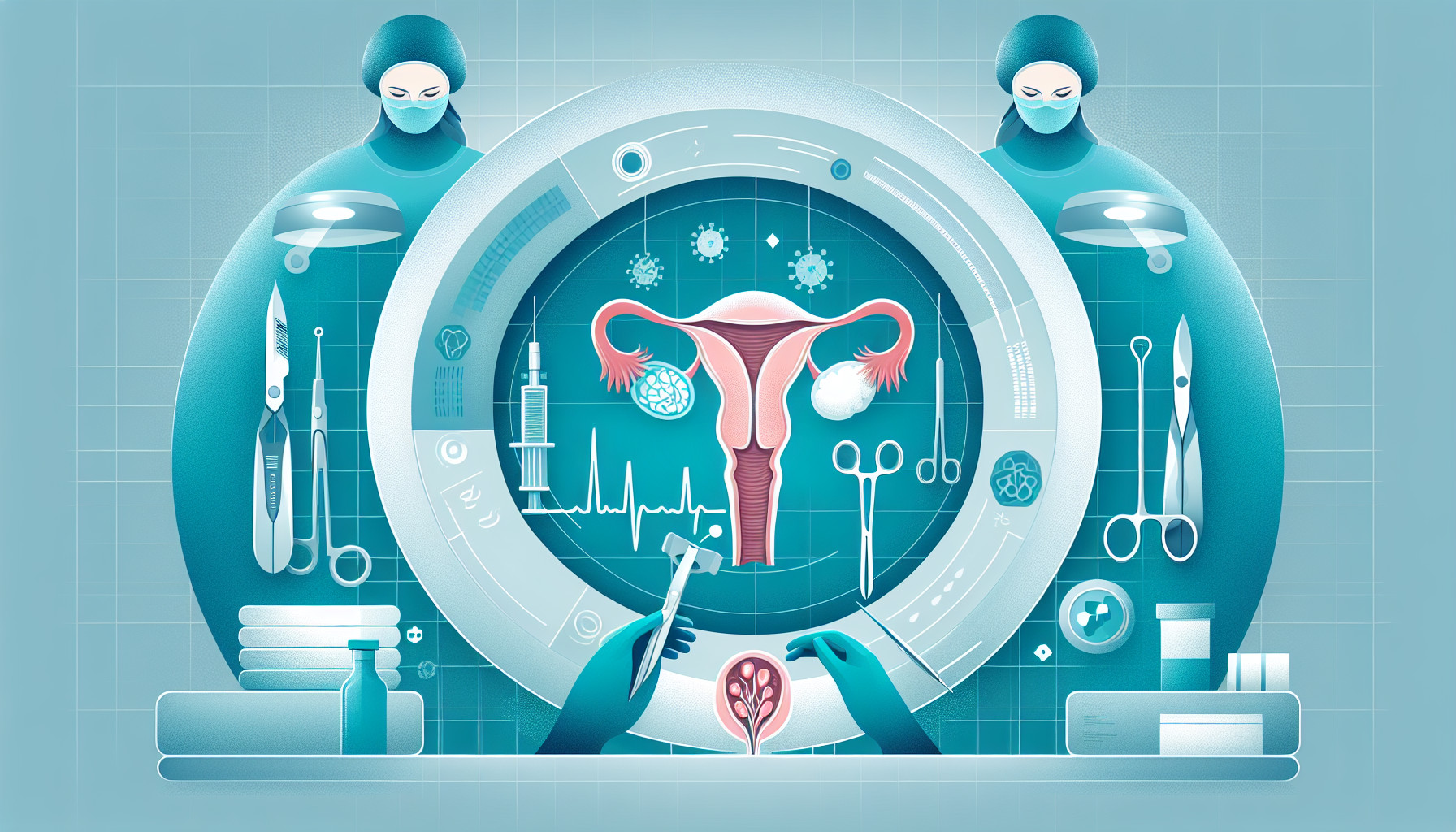Our Summary
This research paper analyzes a group of female infants born with abdominal cysts in Canada between 2013 and 2017. The study looks at the differences between cysts that develop in the ovaries and those that develop in other organs. The majority of these cysts usually develop in the ovaries and are often managed without surgery, while cysts found in other organs are frequently removed.
The study found that of 185 infants with these cysts, 22 (or 12%) were not located in the ovaries. Five of these non-ovarian cysts could be identified as such before birth through ultrasound. The study also found that cysts in other organs were associated with being detected earlier in pregnancy, being smaller in size when first detected, changing from simple to complex in nature, and showing complex characteristics after birth.
The conclusion is that these characteristics can help doctors differentiate between ovarian and non-ovarian cysts, which can guide diagnosis and treatment decisions.
FAQs
- What is the main difference between ovarian cysts and cysts that develop in other organs in infants, according to the study?
- What characteristics can help doctors differentiate between ovarian and non-ovarian cysts in infants?
- How were some of the non-ovarian cysts identified before birth in the study?
Doctor’s Tip
One helpful tip a doctor might tell a patient about ovarian cyst removal is to discuss the potential risks and benefits of the procedure. This could include the risk of complications such as infection, bleeding, or damage to surrounding organs, as well as the potential benefits of relieving symptoms such as pelvic pain or pressure. Patients should also be informed about the likelihood of the cyst returning in the future and what follow-up care may be necessary. Additionally, it is important for patients to ask questions and communicate any concerns or preferences they may have regarding the procedure.
Suitable For
Patients who are typically recommended for ovarian cyst removal are those who experience symptoms such as severe pelvic pain, bloating, and abnormal bleeding, as well as those with cysts that are larger in size, growing rapidly, or causing complications such as torsion or rupture. Additionally, patients who have a family history of ovarian cancer or have cysts that are suspicious for malignancy may also be recommended for removal. Ultimately, the decision to remove an ovarian cyst is made on a case-by-case basis, taking into consideration the patient’s symptoms, risk factors, and overall health.
Timeline
Before ovarian cyst removal:
- Patient may experience symptoms such as pelvic pain, bloating, and changes in menstrual cycle
- Patient may undergo imaging tests such as ultrasound or MRI to diagnose the ovarian cyst
- Treatment may include watchful waiting, hormonal birth control, or pain management medication
After ovarian cyst removal:
- Patient undergoes surgery to remove the ovarian cyst
- Recovery time varies depending on the type of surgery performed (laparoscopic or open)
- Patient may experience post-operative pain, bloating, and fatigue
- Follow-up appointments may be scheduled to monitor recovery and check for any complications or recurrence of cysts
Overall, the timeline for a patient before and after ovarian cyst removal can vary depending on the individual’s specific circumstances and the type of cyst being treated. It is important for patients to follow their healthcare provider’s recommendations for pre-operative preparation and post-operative care to ensure a successful recovery.
What to Ask Your Doctor
- What type of cyst do I have, and where is it located?
- What are the risks and benefits of removing the cyst surgically?
- What are the alternative treatment options available for my cyst?
- How will the surgery be performed and what is the recovery process like?
- Are there any potential complications or long-term effects associated with ovarian cyst removal?
- Will removing the cyst affect my fertility or hormonal balance?
- How often will I need follow-up appointments to monitor for any recurrence of cysts?
- Are there any lifestyle changes or precautions I should take after the surgery to prevent future cysts?
- What is the success rate of ovarian cyst removal in terms of preventing future cysts or complications?
- Are there any specific symptoms or signs I should watch out for after the surgery that may indicate a complication or recurrence of the cyst?
Reference
Authors: Safa N, Yanchar N, Puligandla P, Sewitch M, Baird R, Beaunoyer M, Butter A, Campbell N, Chadha R, Griffiths C, Jones S, Kaur M, Le-Nguyen A, Nasr A, Piché N, Piper H, Prasil P, Romao R, VanHouwelingen L, Wales P, Guadagno E, Emil S; The Canadian Consortium For Research In Pediatric Surgery CanCORPS. Journal: J Pediatr Surg. 2022 May;57(5):877-882. doi: 10.1016/j.jpedsurg.2021.12.043. Epub 2022 Jan 14. PMID: 35090716
